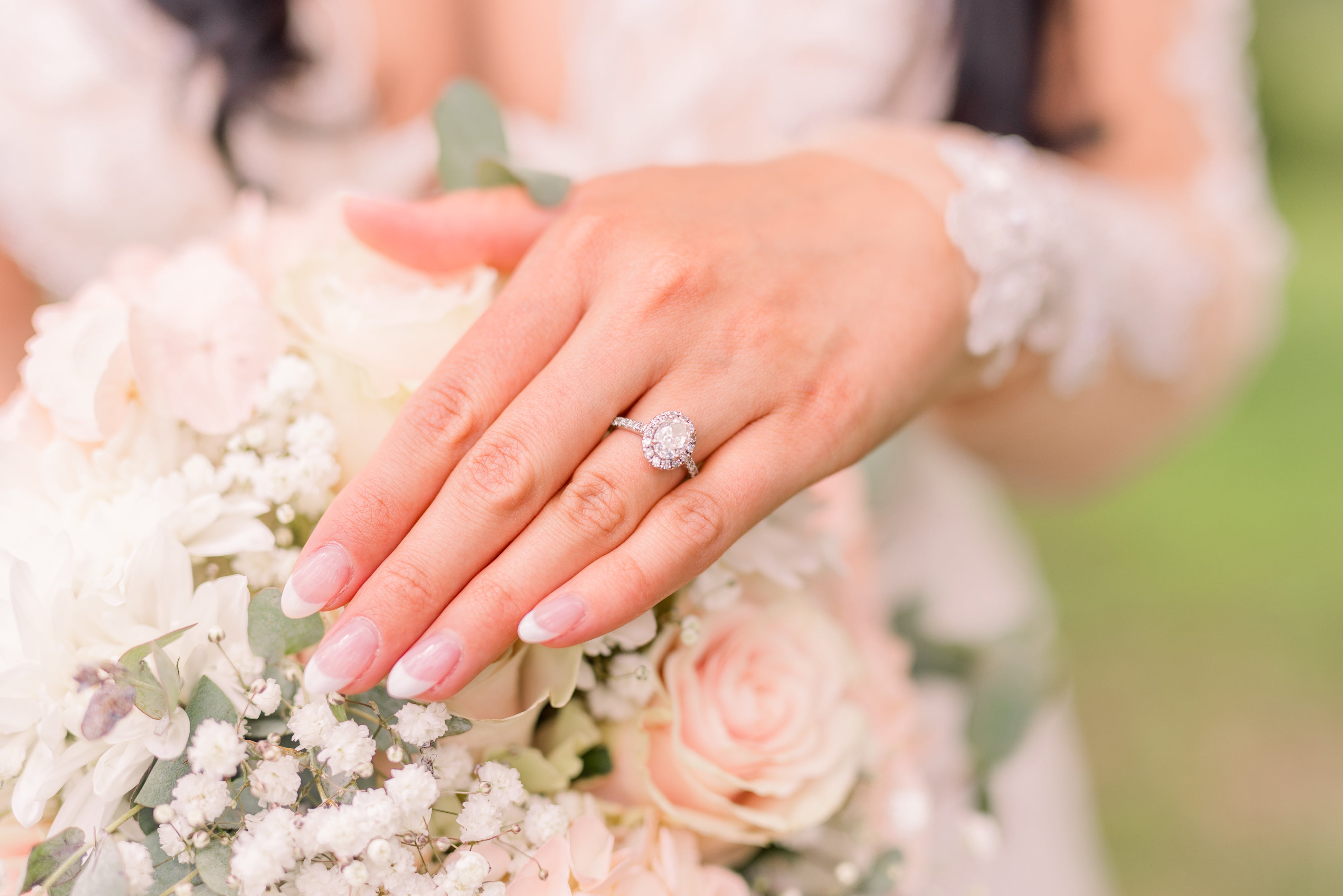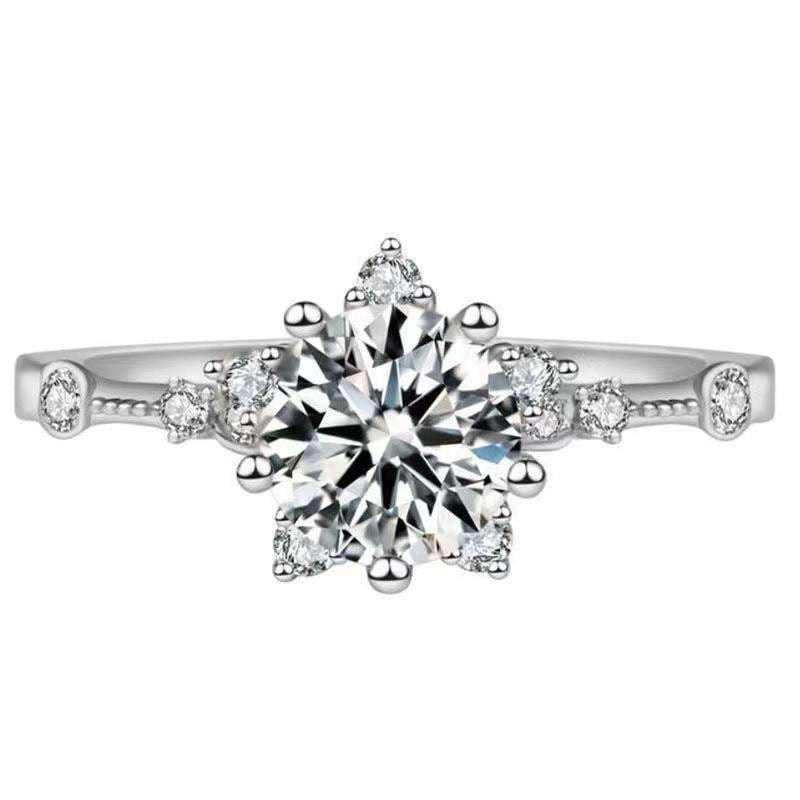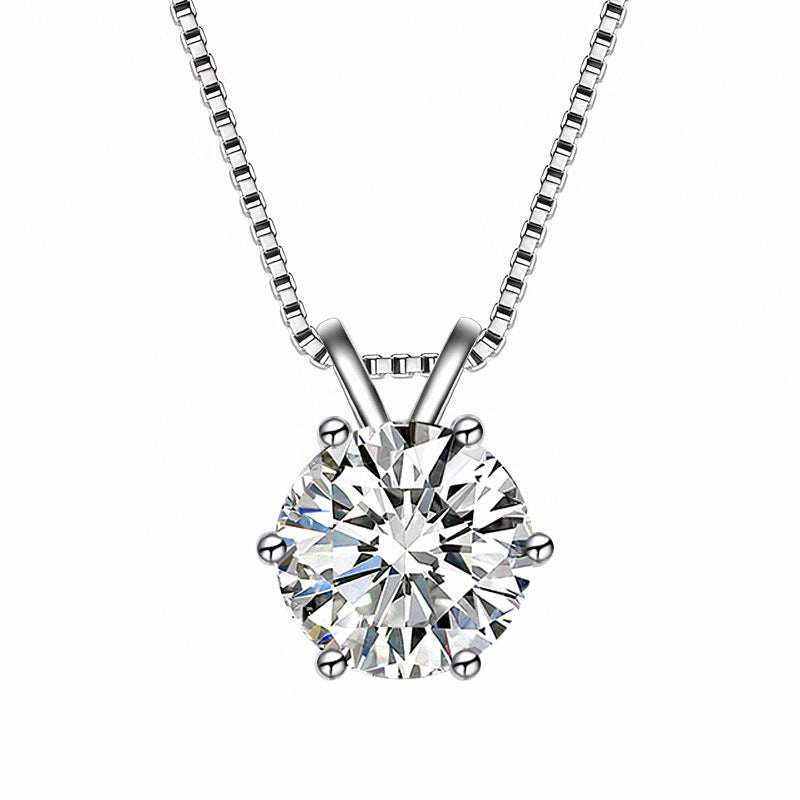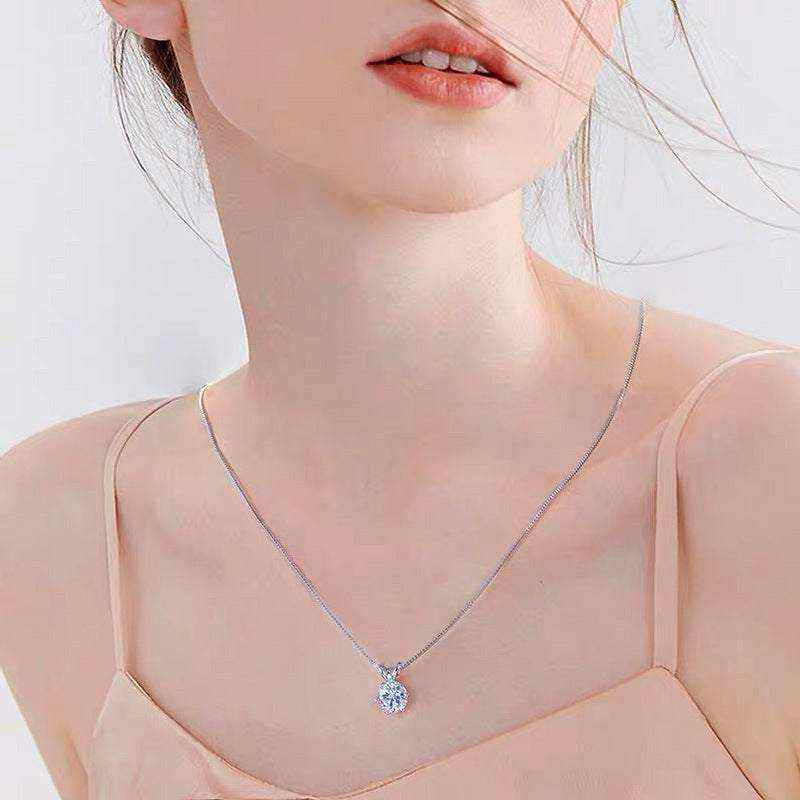Moissanite: The World’s Most Brilliant Gemstone
Moissanite is a remarkable mineral composed of silicon carbide (SiC) that occurs naturally and can also be laboratory-grown. Discovered in 1893 by Nobel Prize-winning French chemist Dr. Henri Moissan, this extraordinary gem was first identified during his search for crystalline chemical compositions suitable for efficient electrical conductivity. While exploring a meteorite crater in Canyon Diablo, Arizona, Dr. Moissan encountered silicon carbide—a mineral so rare that it was later named “moissanite” in his honor.
Natural moissanite is incredibly scarce, found only in upper mantle rock and meteorites. Due to its rarity, laboratory creation is essential to produce pieces large enough for gemstone use. When expertly cut and faceted, moissanite becomes the most brilliant gemstone in the world, showcasing unmatched sparkle and fire.
In 1995, Charles & Colvard, the pioneers of synthetic moissanite, brought this vision to life. Under U.S. patent US5723391 A (filed by C3 Inc. in North Carolina), they became the first company to produce and sell moissanite gems. The creation process for moissanite is meticulous, requiring two to three months to produce a single gem.
Moissanite’s brilliance is its defining feature. Its unique chemical structure bends, slows, and redirects light better than any other gemstone, achieving an impressive refractive index of 2.65–2.69. This extraordinary sparkle makes moissanite the world’s most brilliant gem. Additionally, moissanite ranks second only to diamond on the Mohs hardness scale, offering exceptional toughness and scratch resistance. Its durability makes it perfect for daily wear and ensures a lifetime of beauty.
Whether you prefer the classic elegance of a round cut or the distinct sophistication of an emerald shape, the brilliance of this gemstone is worth experiencing in person! At Cleo & Me, we are proud to be an authorized distributor of certified Charles & Colvard moissanite. We also offer the exclusive Cleo & Me colored moissanite collection, featuring a variety of stunning colors and shapes to suit your individual style.
Are Moissanite the same as Lab-Grown Diamonds?
Although they're both created in lab, moissanite and lab-grown diamonds are not the same. Moissanite is a unique gemstone with its own distinct chemical, physical, and optical properties. While it is often compared to a diamond, moissanite has distinct characteristics that make it very different. Moissanite has more fire and brilliance than a diamond at a fraction of the cost. The quality and value of moissanite is often better than that of mined diamonds.
Discover the beauty of Moissanite
Cleo & Me specializes in both colorless and colored moissanite, available in a full range of shapes and sizes. We proudly offer our own signature Cleo & Me moissanite collection. We are also an authorized retailer of Charles & Colvard, the original creator of moissanite.
Ethically sourced and environmentally conscious, both collections embody superior quality and timeless beauty—offering a luxurious yet responsible choice for today’s modern jewelry lovers.
Shop Moissanite Jewelry
Moissanite jewelry is the finest diamond alternative in the world — perfect for everyday wear, meaningful gifts, and special occasions.















